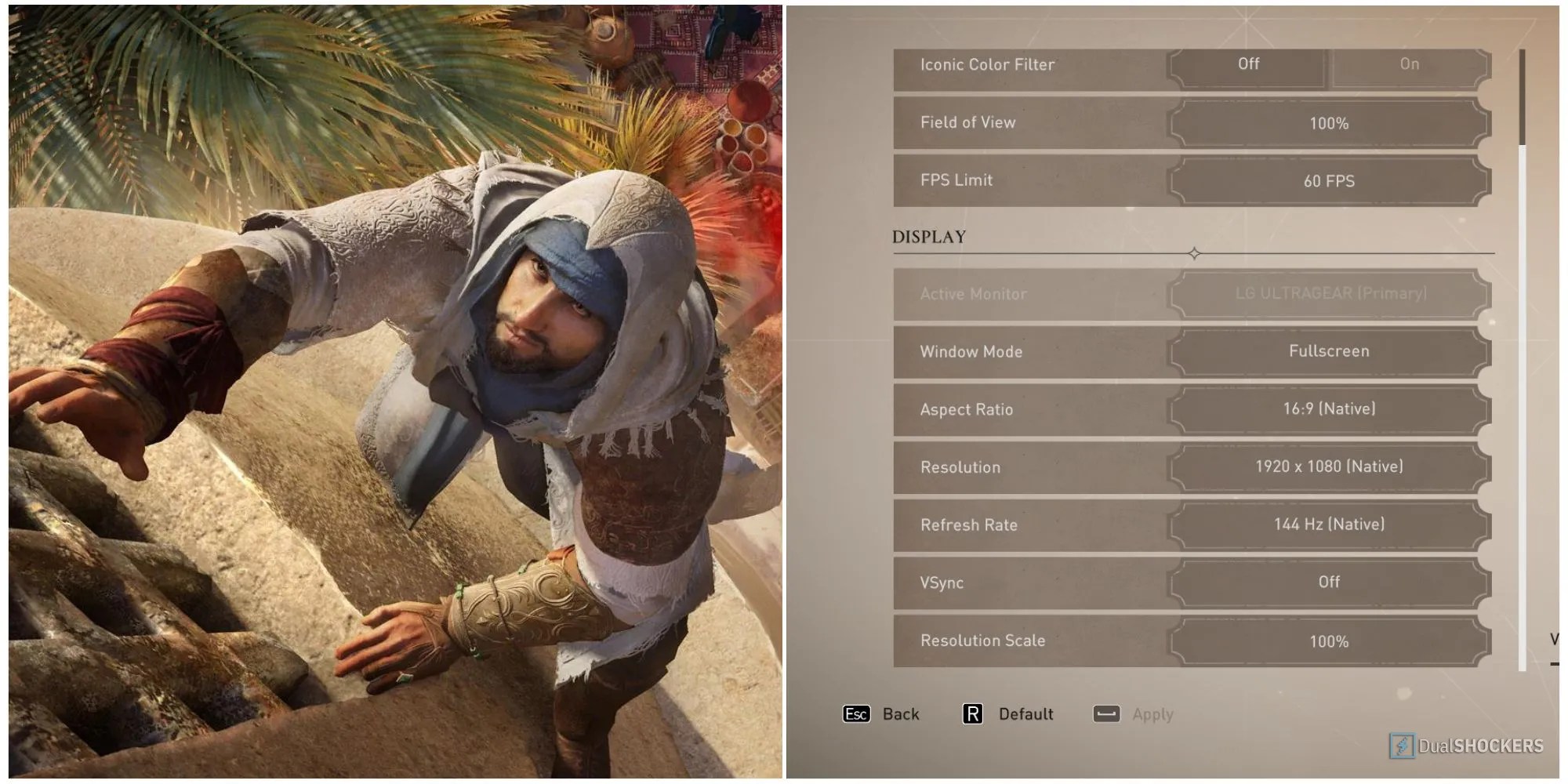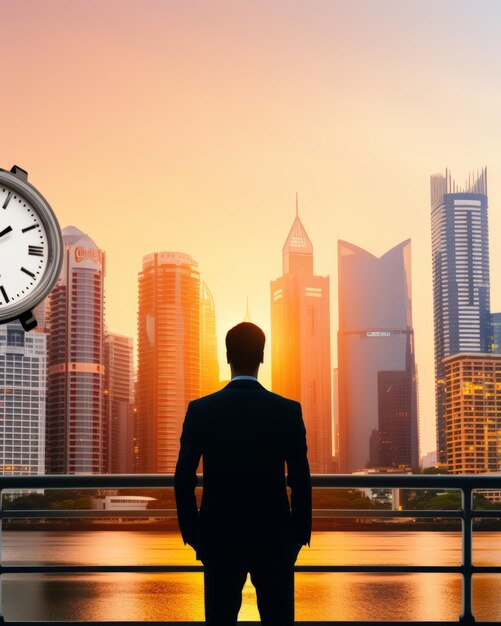“Crafting Cinematic Travel Videos: Camera Settings and Accessories for Stunning Visuals
Related Articles Crafting Cinematic Travel Videos: Camera Settings and Accessories for Stunning Visuals
- DSLR Photo Composition Travel Ideas: Capturing The Essence Of Your Adventures
- 4K Sunset Photography: Capturing Breathtaking Moments
- Unlocking Your Wanderlust: Advanced Travel Photo Ideas Apps To Elevate Your Photography
- Cinematic Aerial Travel Shots Camera
- DSLR Travel Videography For Beginners: Capture Your Adventures In Stunning Detail
Introduction
Today, we’re excited to unravel an engaging topic: Crafting Cinematic Travel Videos: Camera Settings and Accessories for Stunning Visuals. Join us as we navigate insights that inform, inspire, and open new perspectives for our readers.
Table of Content
Crafting Cinematic Travel Videos: Camera Settings and Accessories for Stunning Visuals

In an era dominated by visual storytelling, travel videos have evolved from simple vacation recordings to captivating cinematic experiences. Capturing the essence of a destination requires more than just pointing a camera and pressing record. It demands a meticulous approach to camera settings, the strategic use of accessories, and a keen eye for composition. This article will delve into the essential camera settings and accessories that empower you to create cinematic travel videos that resonate with viewers.
I. Understanding Cinematic Principles
Before diving into the technical aspects, it’s crucial to grasp the fundamental principles that distinguish cinematic visuals from ordinary footage:
- Shallow Depth of Field: Blurring the background to isolate your subject, creating a sense of depth and drawing the viewer’s attention.
- Dynamic Range: The camera’s ability to capture detail in both the brightest and darkest areas of a scene. A wider dynamic range allows for more nuanced and realistic images.
- Color Grading: Manipulating the colors in post-production to create a specific mood or aesthetic.
- Smooth Camera Movements: Using stabilizers or techniques to achieve fluid and graceful shots, avoiding jerky or distracting motion.
- Compelling Storytelling: Weaving a narrative through your visuals, creating a sense of journey and emotional connection.
II. Essential Camera Settings for Cinematic Travel Videos
- Resolution and Frame Rate:
- Resolution: Aim for at least 4K (3840 x 2160 pixels) for maximum detail and future-proofing. Higher resolutions like 6K or 8K offer even more flexibility in post-production, allowing for cropping and reframing without significant quality loss.
- Frame Rate:
- 24fps (Frames Per Second): The standard for cinematic film. It creates a slightly softer, more dreamlike feel.
- 30fps: Suitable for general use and offers a smoother look than 24fps.
- 60fps or Higher: Ideal for capturing slow-motion footage, allowing you to emphasize specific moments or create dramatic effects.
- Aperture:
- Controls the amount of light entering the lens and the depth of field.
- Wider apertures (e.g., f/1.8, f/2.8) create a shallow depth of field, ideal for isolating subjects and blurring backgrounds.
- Narrower apertures (e.g., f/8, f/11) create a larger depth of field, keeping more of the scene in focus, suitable for landscapes or group shots.
- Shutter Speed:
- Determines how long the camera’s sensor is exposed to light.
- The "180-degree rule" suggests setting your shutter speed to twice your frame rate (e.g., 1/50th of a second for 24fps). This creates a natural-looking motion blur.
- Experiment with faster shutter speeds for sharper images or to freeze fast-moving subjects.
- ISO:
- Measures the camera’s sensitivity to light.
- Keep the ISO as low as possible (e.g., ISO 100) to minimize noise and maintain image quality.
- Increase the ISO only when necessary in low-light situations, but be mindful of the potential for increased noise.
- White Balance:
- Ensures that colors are accurately represented in your footage.
- Use the appropriate white balance setting for the lighting conditions (e.g., daylight, cloudy, tungsten).
- Shoot in a "flat" or "neutral" color profile (e.g., S-Log, C-Log) to preserve more dynamic range and color information for post-production color grading.
- Focus Mode:
- Manual Focus: Provides the most control over focus, allowing you to precisely select your focal point and create smooth focus transitions.
- Autofocus: Can be useful for capturing spontaneous moments, but be aware that it may not always be accurate or reliable.
- ND Filters:
- Neutral Density (ND) filters reduce the amount of light entering the lens, allowing you to shoot with wider apertures in bright conditions without overexposing the image.
- Essential for maintaining a shallow depth of field and achieving cinematic motion blur in daylight.
III. Essential Accessories for Cinematic Travel Videos
- Gimbal Stabilizer:
- A motorized device that stabilizes the camera, allowing you to capture smooth, fluid shots while walking, running, or moving.
- Essential for creating professional-looking travel videos that avoid jerky or distracting camera movements.
- Tripod:
- Provides a stable platform for capturing static shots, time-lapses, and long exposures.
- Choose a lightweight and portable tripod that is easy to carry while traveling.
- External Microphone:
- Improves the audio quality of your videos, capturing clear and crisp sound.
- Consider a shotgun microphone for directional sound recording or a lavalier microphone for interviews.
- Variable ND Filter:
- A versatile filter that allows you to adjust the amount of light reduction without changing filters.
- Ideal for shooting in varying lighting conditions.
- Camera Bag:
- Protects your camera and accessories while traveling.
- Choose a bag that is comfortable to carry and has enough space for all of your gear.
- Extra Batteries and Memory Cards:
- Ensure that you have enough power and storage to capture all of the footage you need.
- Portable Monitor:
- A small, external monitor that allows you to view your footage in greater detail.
- Useful for checking focus, exposure, and composition.
- Drone:
- Provides aerial perspectives of your destinations, adding a unique and cinematic dimension to your travel videos.
- Be sure to comply with all local drone regulations.
IV. Advanced Techniques and Considerations
- Composition:
- Use the rule of thirds, leading lines, and other compositional techniques to create visually appealing shots.
- Pay attention to the foreground, middle ground, and background to create a sense of depth.
- Lighting:
- Utilize natural light whenever possible.
- Shoot during the golden hour (the hour after sunrise and the hour before sunset) for warm, flattering light.
- Use reflectors or diffusers to control the light.
- Movement:
- Incorporate camera movements such as pans, tilts, and zooms to add dynamism to your shots.
- Use a slider or dolly to create smooth, linear movements.
- Storytelling:
- Plan your shots in advance to create a cohesive narrative.
- Capture a variety of shots, including wide shots, medium shots, and close-ups.
- Use music and sound effects to enhance the emotional impact of your videos.
- Color Grading:
- Use color grading software to adjust the colors in your footage and create a specific mood or aesthetic.
- Experiment with different color palettes to find the look that best suits your video.
- Sound Design:
- Pay attention to the sound in your videos.
- Use music, sound effects, and ambient sounds to create a immersive and engaging experience.
V. Choosing the Right Equipment
The best camera and accessories for cinematic travel videos depend on your budget, skill level, and the type of content you want to create. Here are some general recommendations:
- Cameras:
- Mirrorless Cameras: Sony Alpha series, Canon EOS R series, Fujifilm X series.
- DSLR Cameras: Canon EOS series, Nikon D series.
- Compact Cameras: Sony RX100 series, Canon G series.
- Action Cameras: GoPro series, DJI Osmo Action.
- Gimbal Stabilizers:
- DJI Ronin series, Zhiyun Crane series, Moza Air series.
- Tripods:
- Manfrotto, Gitzo, Benro.
- Microphones:
- Rode, Sennheiser, Zoom.
- Drones:
- DJI Mavic series, DJI Air series.
VI. Conclusion
Creating cinematic travel videos requires a combination of technical knowledge, creative vision, and the right equipment. By mastering the essential camera settings, utilizing appropriate accessories, and embracing advanced techniques, you can elevate your travel videos from simple recordings to captivating visual experiences that transport viewers to the heart of your adventures. Remember that practice is key, so experiment with different settings and techniques to find what works best for you. Happy filming!




